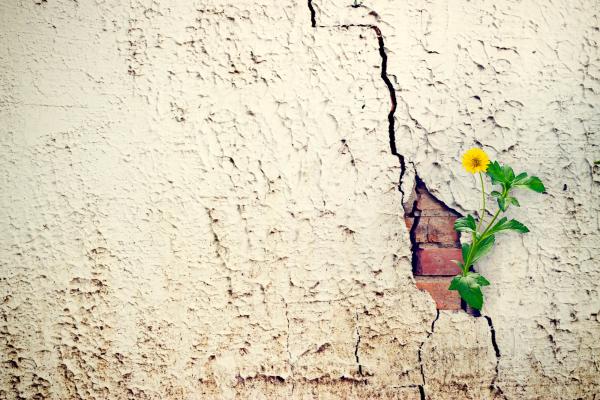Jun 8, 2017
There are times when just being appalled by bigotry isn’t enough, when just opposing racist words is no longer adequate, or only being a critic of hateful and violent rhetoric is morally insufficient. There are times when must find the courage to speak and to act — and to intervene in situations of violence and hate on behalf of those who are being attacked.
This is one of those times.
Read the Full Article

Already a subscriber? Login
